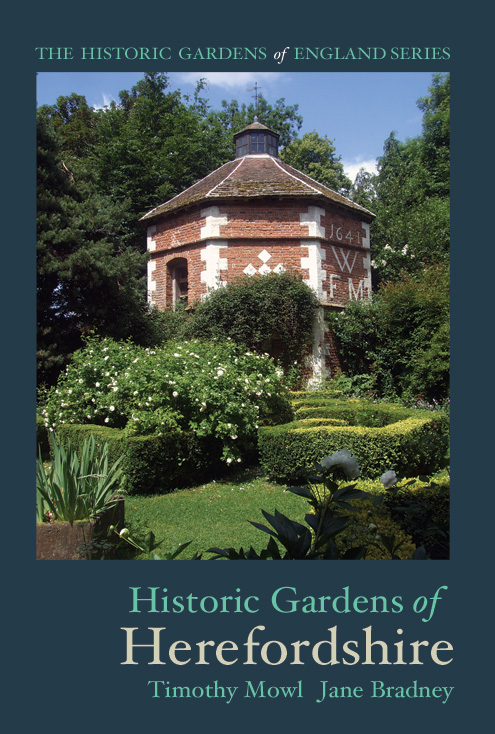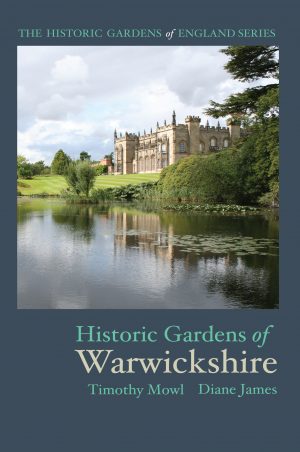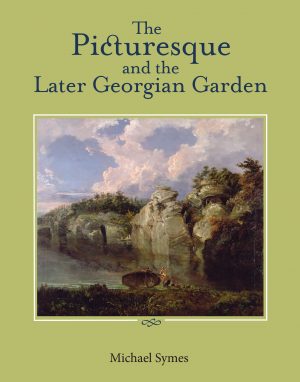Description
Herefordshire is a secretive border county of Marcher castles, small manor houses, farms, lush orchards, scattered villages and meandering rivers. It is the epitome of rural England before the onset of industrialisation. Evidence of the designed landscapes of its castles is best preserved in the fifteenth-century walks, moat and park that surround atmospheric fragments of Bronsil Castle at Eastnor. By the seventeenth century a national renaissance in cider production had brought the clergyman turned landscape fancier, John Beale, to Backbury Hill. The view from the top inspired him to look upon Nature as a new model for garden design, a radical idea, ahead of its time. In the eighteenth century the county rose to the cutting edge of landscape aesthetics in 1794 when two squires – Richard Payne Knight and Uvedale Price – published theories of Picturesque taste and initiated a style wars campaign. They undermined Humphry Repton’s typically suburban proposals, forcing him to opt for more open parkland. Herefordshire was too remote for rich Edwardian industrialists seeking a rural escape, consequently its Arts and Crafts legacy is small, though there is a deliciously decaying Italian Garden at How Caple Court. Today, the motorway network stops abruptly at Ross-on-Wye, maintaining that sense of isolation. But in the pools and revetments of Lawless Hill overlooking the Wye at Sellack the county has one of the most inspired of modern gardens – a cross between Frank Lloyd Wright’s Falling Water and the the Japanese gardens of Kyoto. ISBN:978-1-906593-91-9 304pp




